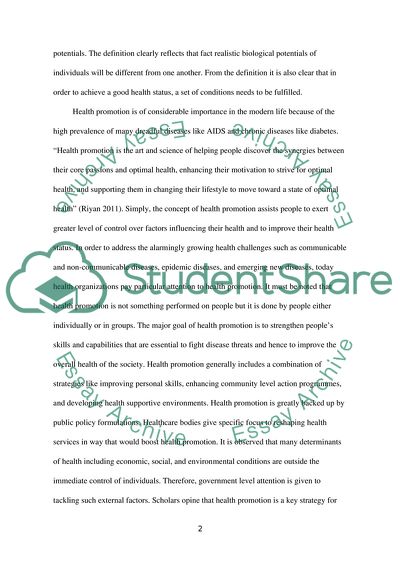Cite this document
(Health Promotion - Theories and Practice Assignment, n.d.)
Health Promotion - Theories and Practice Assignment. Retrieved from https://studentshare.org/health-sciences-medicine/1798641-theoretical-written-assignment
Health Promotion - Theories and Practice Assignment. Retrieved from https://studentshare.org/health-sciences-medicine/1798641-theoretical-written-assignment
(Health Promotion - Theories and Practice Assignment)
Health Promotion - Theories and Practice Assignment. https://studentshare.org/health-sciences-medicine/1798641-theoretical-written-assignment.
Health Promotion - Theories and Practice Assignment. https://studentshare.org/health-sciences-medicine/1798641-theoretical-written-assignment.
“Health Promotion - Theories and Practice Assignment”, n.d. https://studentshare.org/health-sciences-medicine/1798641-theoretical-written-assignment.


